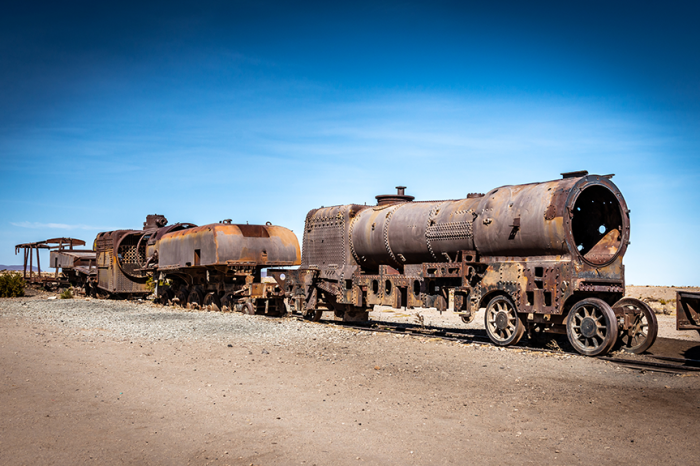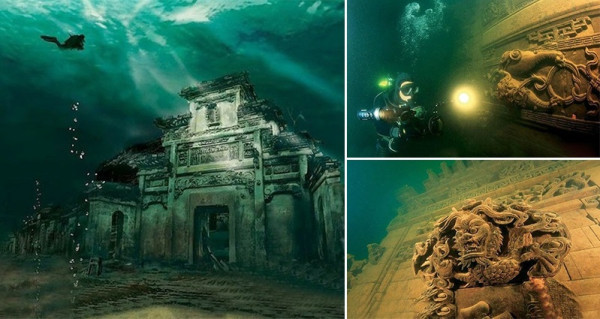Everything you Want to Know about the Cemetery of Trains
Once serving as a distribution hub for the trains carrying minerals to the Pacific Ocean ports, today the land is filled with hollowed-out, rusty locomotive engines. The cemetery of trains is a surreal landscape unlike anything ever seen before.
May 10, 2024

Imagine a junkyard – but so much more. Although trains used to be the main source of transportation, shipping, and luxury, many of them now rest in this deserted grave located in Uyuni, Bolivia. Once serving as a distribution hub for the trains carrying minerals to the Pacific Ocean ports, today the land is filled with hollowed-out, rusty locomotive engines. The cemetery of trains is a surreal landscape unlike anything ever seen before.
History
In the 19th century, a team of British engineers and laborers settled in Uyuni because it connected various local mineral mines in La Paz with ports of Chile. Two major businesses, Antofagasta and Bolivian Railroad Company converted rural Uyuni into a major transportation center. In 1940, the prominence of mining declined and people gradually abandoned the area.
Most of the train artifacts found in the area are manufactured by a rail car factory founded in the 20th century. Today the steel remains have severely deteriorated as a result of the strong salt winds that regularly take over the land. Interested in visiting the Cemetery of Trains? Book your English guide Salar De Uyuni three day trip today!
Facts
- Also known as the ‘Cementerio de Trenes,’ the Cemetery of Trains is a historic site open to tourists 24 hours a day.
- The Cemetery of Trains is located two miles outside Uyuni.
- Many parts of the abandoned trains have been stolen or graffitied over time.
- The train graveyard was never cleared out because it was too challenging and costly to remove the endless heavy parts of metal and scrap.
- Distressed by decades of salt winds, the color of the abandoned artifacts have changed dramatically over time.
- The area’s remoteness makes it equally appealing and eerie to travelers.
- Plans to build a museum around the cemetery of trains are currently in process
- The desserts surrounding the cemetery are also known for their reflective capabilities when the salt is wet, being called the world’s largest mirror.
- During peak seasons, travelers have to wait in line to take pictures because it is one of the very few tourist destinations in the area.
- Because there are absolutely no restrictions when visiting the site, adventure seekers frequently climb on the trains at their own risk.
- Every year, the city receives approximately 60, 000 visitors around the globe.
Is it just me or does this make you want to watch the one and only classic Planes, Trains and Automobiles? Over 100 train cars will remain in this cemetery for the rest of their days, decaying 3 kilometers southwest of Avenida Ferroviaria. If you’re getting ants in your pants for a new adventure, put the Cementerio de Trenes at the top of your bucket list.

Discover China’s Unbelievable Underwater City
1300 years ago, the ancient city of Shi Cheng was established in the eastern province of Zhejiang.

How to Care for a Historic Property
Without preservation advocates, many historical properties wouldn’t survive. In historical districts such as Brooklyn Heights, New York, preserving the authenticity of the neighborhood is a must.

Busting Historic Property Remodel Myths
Have you ever come across an unforgettable run-down historic property you wanted to restore?

400 Abandoned Islands off the Beaten Path in Shanghai
40 miles east of Shanghai lies a chain of 400 islands that looks like a shining necklace.
